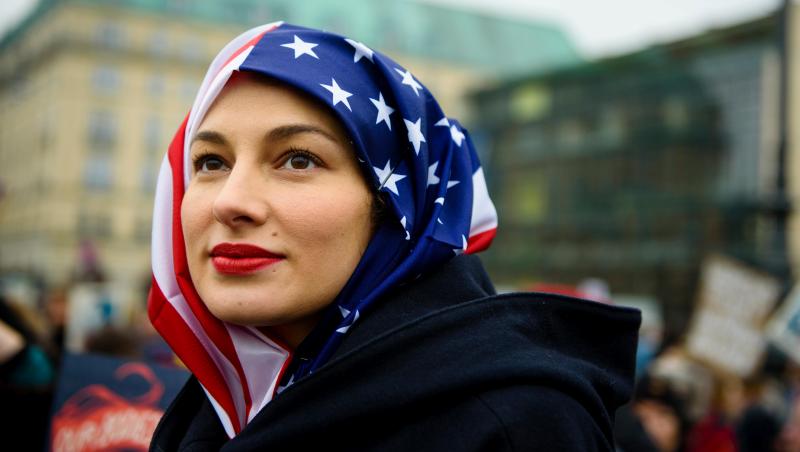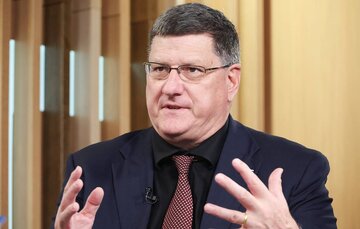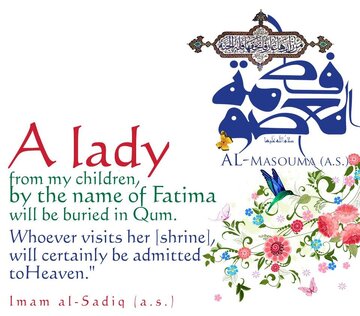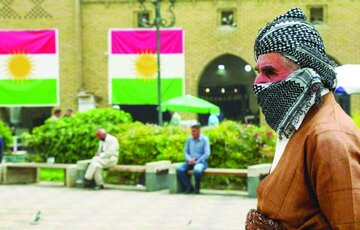(AhlulBayt News Agency) - By: Martin Love
Javad Zarif is an impressive diplomat and a wise man, it seems, who supports the rights of Iranians to protest internal policies that some at least find uncomfortable.
However, a young Iranian woman objects to having to wear her hijab, takes hers off, and is arrested. What happened to this rebellious young woman, I know, is not uncommon in the Islamic Republic. And it’s worth a response from an American, even from one who has never been to Iran.
A couple decades ago, teaching at a college in North Carolina, I had a 20-year-old Iranian woman in one of my classes. She was not only a very good and attentive student, but also a delightful person, and even while she was studying and living in the US she wore the hijab, even though she did not have to. I once asked her what the hijab meant to her, why she bothered with it in the US? Her answer was clear, rational and unequivocal. And she was clearly quite beautiful, too, one could discern, despite the hijab, as Iranian females are almost universally claimed to be, at least outside of Iran. “I want people to pay attention to me as a person, a whole person,” she said, “and not merely to how I look, as some kind of object. Besides, it’s mandatory in Iran and I’m used to the hijab. I find it affords a sense of protection from unwanted attention.”
Fair enough, and a superb answer, I thought, she gave.
The entire question of mandatory modest dress is rather fascinating, from an American distance. In the Qu’ran, inasmuch as I am familiar with its magnificent revelations, there are just a few verses related to dress, and they endorse modesty in attire for females, that it is highly desirable. There seems to be no specific mention of the hijab for women out and about in public, as required since after the Iranian revolution in 1979. There was warranted euphoria about the revolution, but few at the time ever imagined having to worry about the implementation of compulsory hijab. It is an alleged fact that when Ayatollah Khomeini decreed mandatory hijab, many Iranian women protested, but Iranian men did not offer them much support because the focus was primarily on solidarity with the new government in order to show a united front for and with the nascent revolution. It has been claimed, I have noted, that the woman question was not initially a part of the revolutionary political agenda. But since 1979, Iran has apparently made hijab an emblem of its religious identity, a visual symbol of both the government and the ideal type of Iranian woman.
What’s even more interesting is that in the West or at least in Europe, some countries are forbidding Muslim women from wearing the hijab, at least in public, suggesting that they are preserving Western culture by denying Muslim women freedom of expression – their freedom to wear hijab if they want to. This makes no sense, and seems highly hypocritical. Here in the US I see Muslim women frequently wearing hijab, many of them, and one must be pleased to know that the US at least is not telling anybody what they have to wear, as long as they are clothed in public. This is not the case at all in what one ought to consider the deeply repressive, undemocratic societies in the Arab world, such as in Saudi Arabia, which quite embarrassingly is a US ally.
Indeed, compared to some Arab countries, Iran is a bastion of tolerance and multiculturalism and religious freedom, relatively. It is utterly disgraceful that Iran is not fully portrayed as such a society, particularly in the US, and that the US ever supported terrorists like ISIL and other groups aiming to bring down secular Syria, to cite just one country targeted by US, Israeli and Saudi hypocrites, to name three. Women under ISIL control have rarely been treated so badly by anyone, anywhere ever in history, and we did not see the US protest. In fact, the US government has supported ISIL and lied about clearing them out of most of Syria to date. It is a fact that the Syrians, Iran and allies such as Russia and Hezbollah defeated ISIL, not the US Well, anyway, Iran is not a secular country, but it is damn closer to being one in practice than some odious Arab countries I have visited and written about, such as Saudi Arabia.
But there is still a nagging question over mandatory hijab from this American’s perspective.
If hijab is an important symbol of identity for Iran’s Islamic government, is it a GOOD, effective symbol? And I mean by “good” does it help Iran to portray itself as the society it really and truly is (one of the best in the Middle East at least) to the West, which seems to have insanely seized on mandatory hijab as a symbol of gross repression, which in fact it probably is not, even though one imagines that many Iranian woman might prefer it not be mandatory? It’s neither mandatory nor forbidden in the US But still, Muslim women in the US often prefer hijab in public, for reasons similar to those of the young Iranian woman whom I taught two decades ago. It’s a way of expressing personal, even religious, identity and maybe even offers some sense of protection for those preferring to wear hijab.
In the long run, of course, I prefer as an admirer of Iran and Islam that Iran presents NO ammunition whatsoever to Western and especially insane US critics of Iran and Iranians. These critics know nothing, it seems, but we do know what that criticism really is: political. Because Iran opposes US meddling and imperialism, for one thing, in the Middle East. And rightly so. However, there may be other more effective, more important ways to celebrate and portray a Muslim and Islamic identity, and one may very well be giving half a country’s population at least some leeway to choose whether to don hijab in public and not literally arrest them if they strip it off. These are perilous times, and many Western societies, including US society, are falling apart, at least not looking so good with all the sabre rattling and hegemonic political demands, as if that offers some salvation, when in fact it offers nothing good for anyone at home or abroad.
/129
28 January 2018 - 07:23
News ID: 879543

If hijab is an important symbol of identity for Iran’s Islamic government, is it a GOOD, effective symbol? And I mean by “good” does it help Iran to portray itself as the society it really and truly is (one of the best in the Middle East at least) to the West, which seems to have insanely seized on mandatory hijab as a symbol of gross repression, which in fact it probably is not, even though one imagines that many Iranian woman might prefer it not be mandatory?
By: Martin Love




